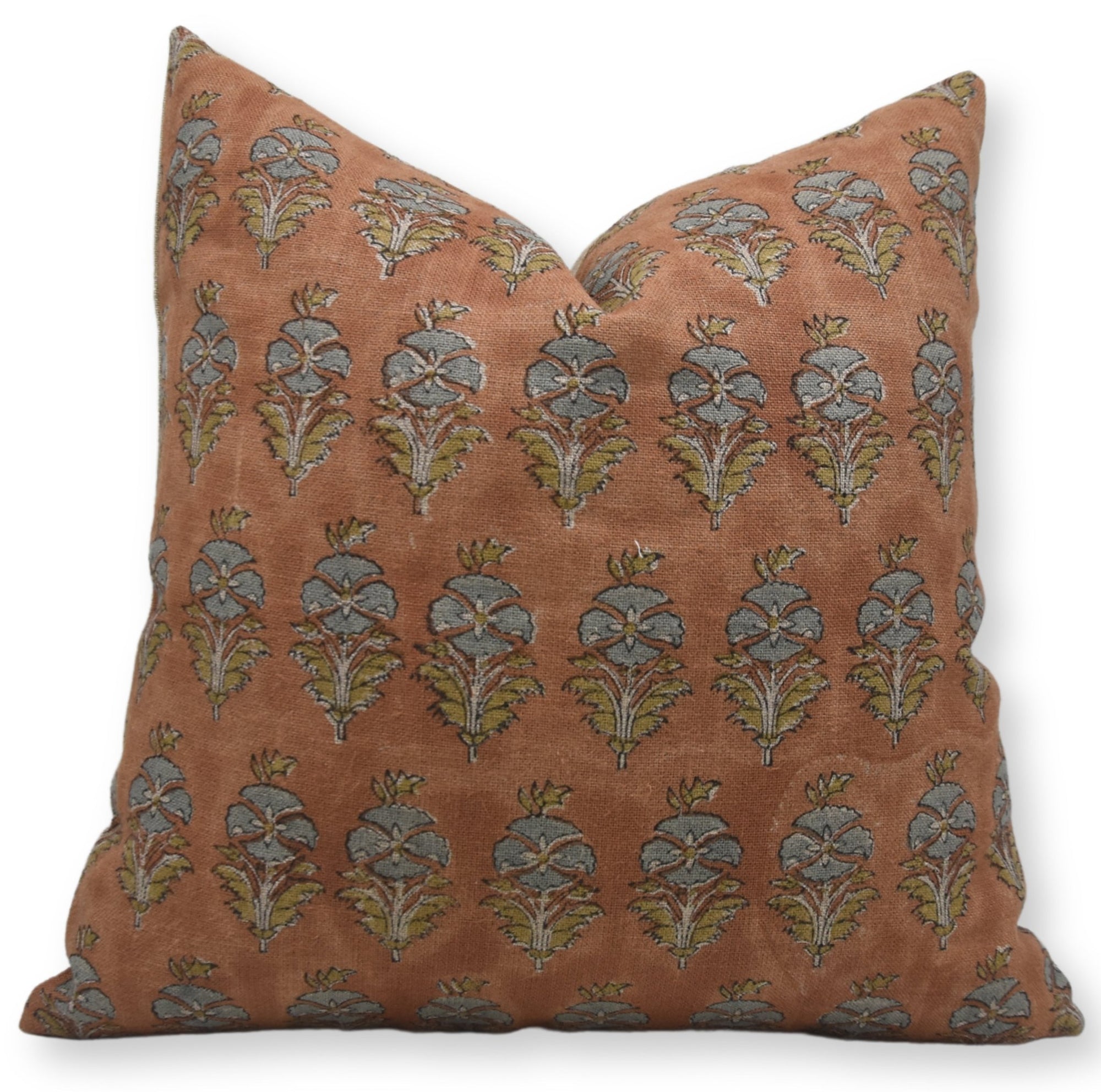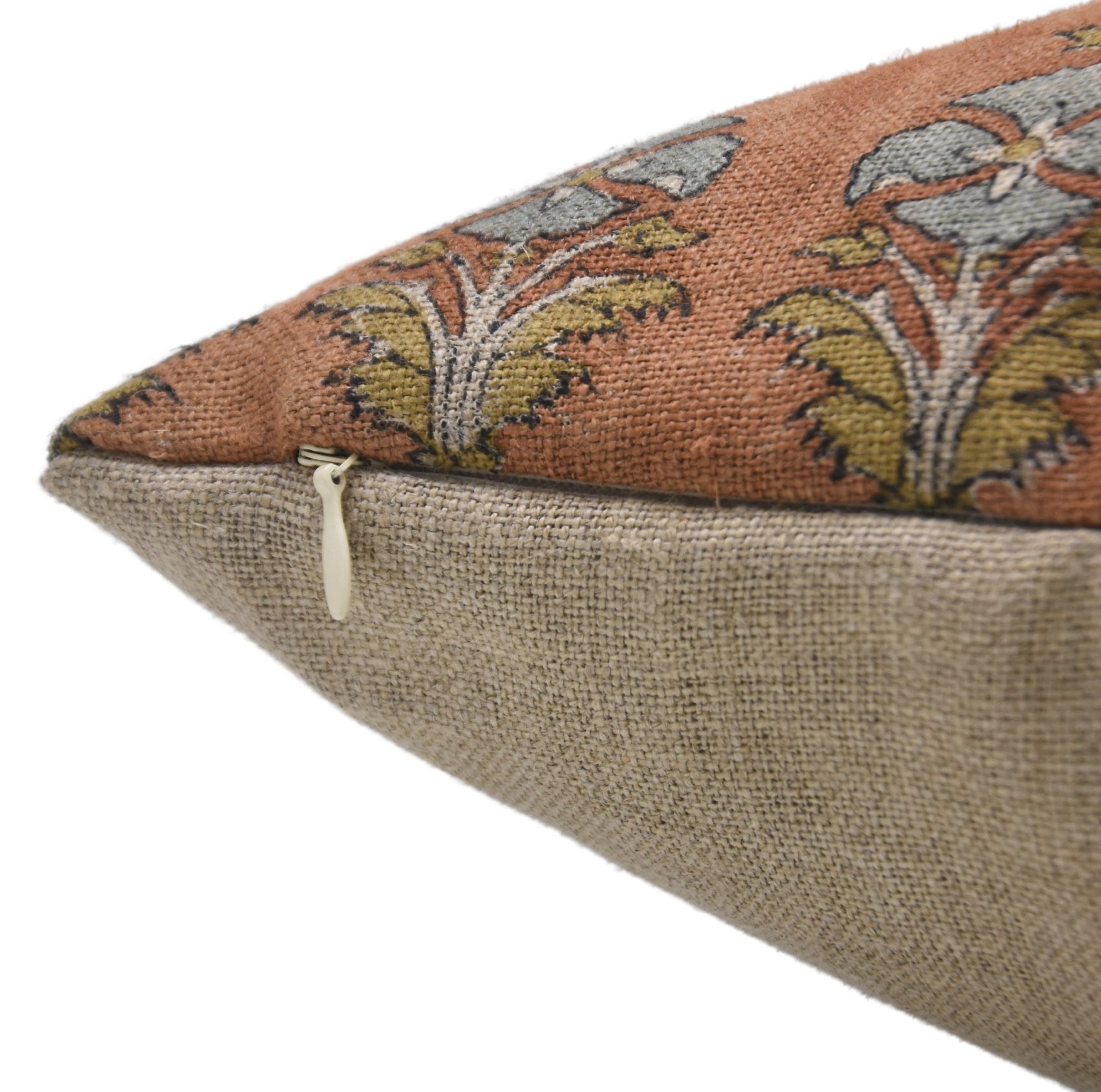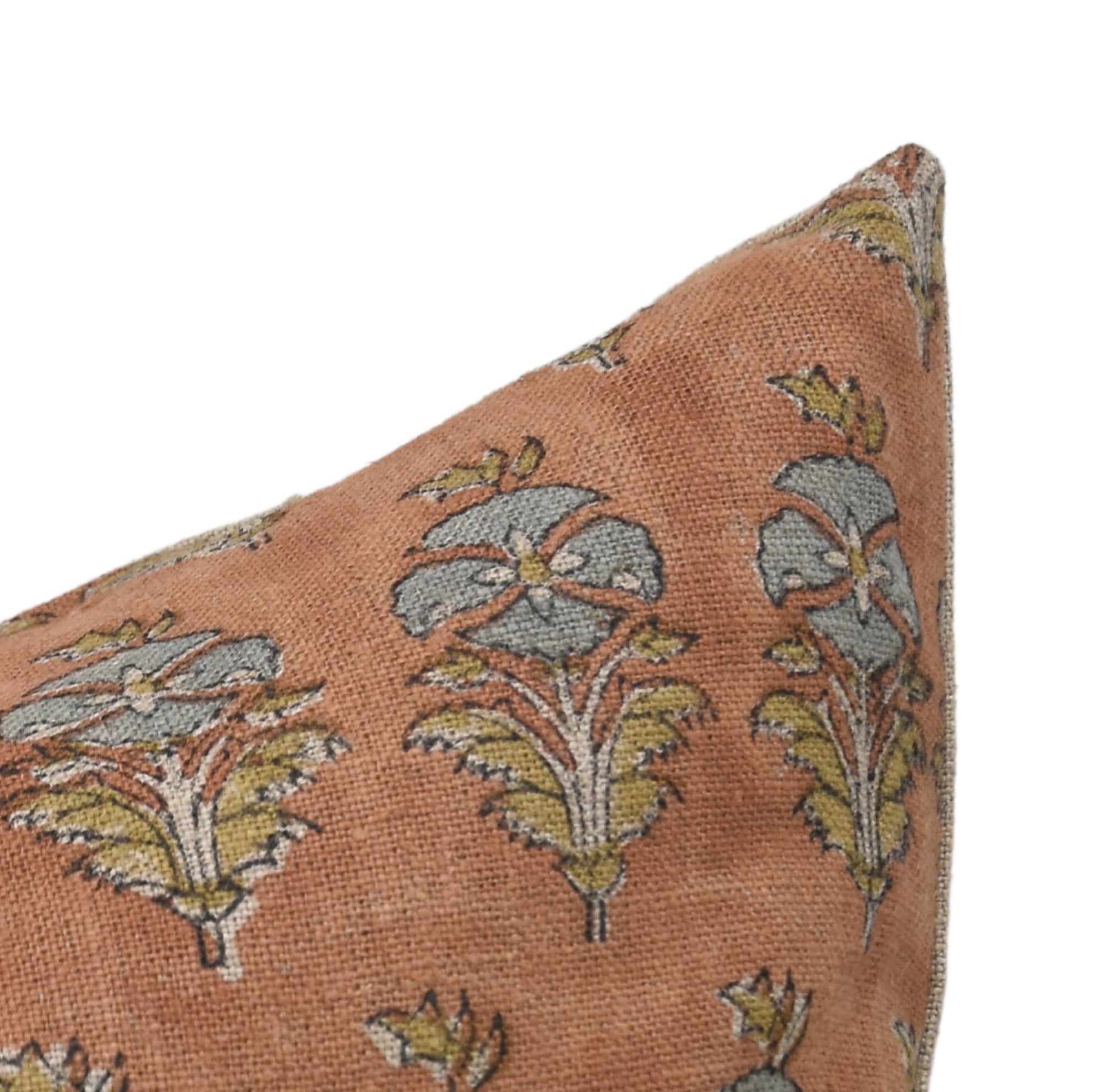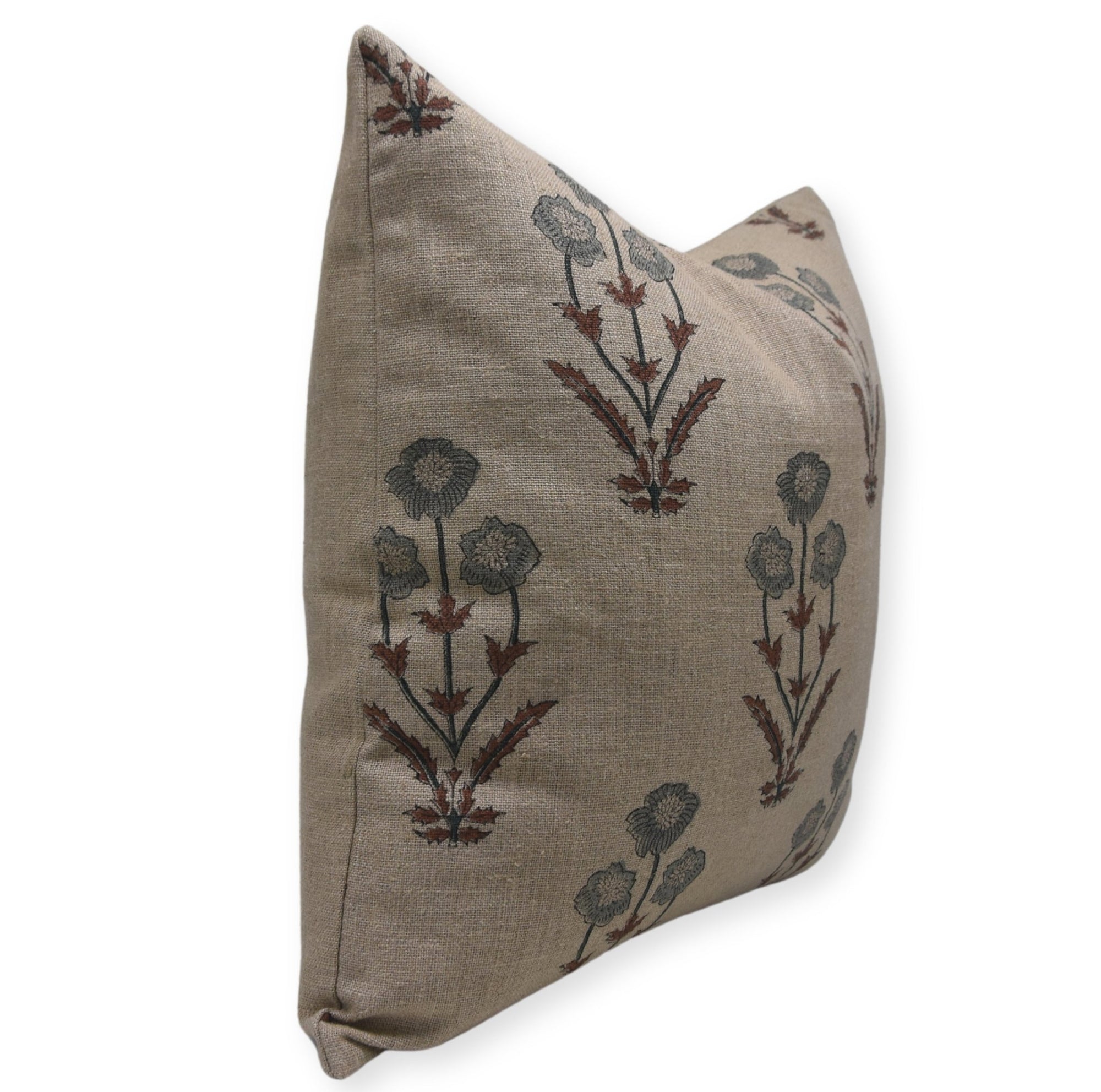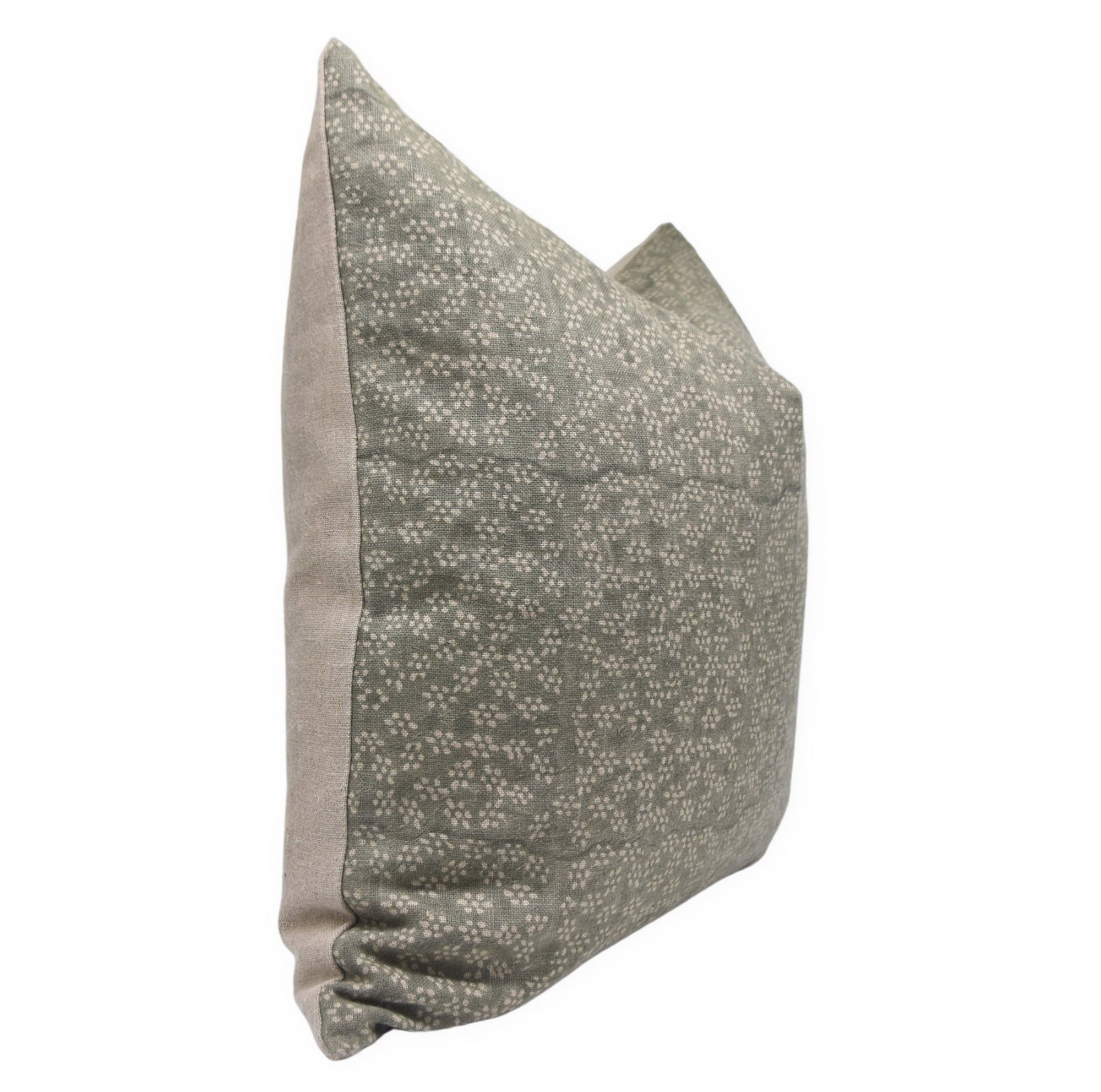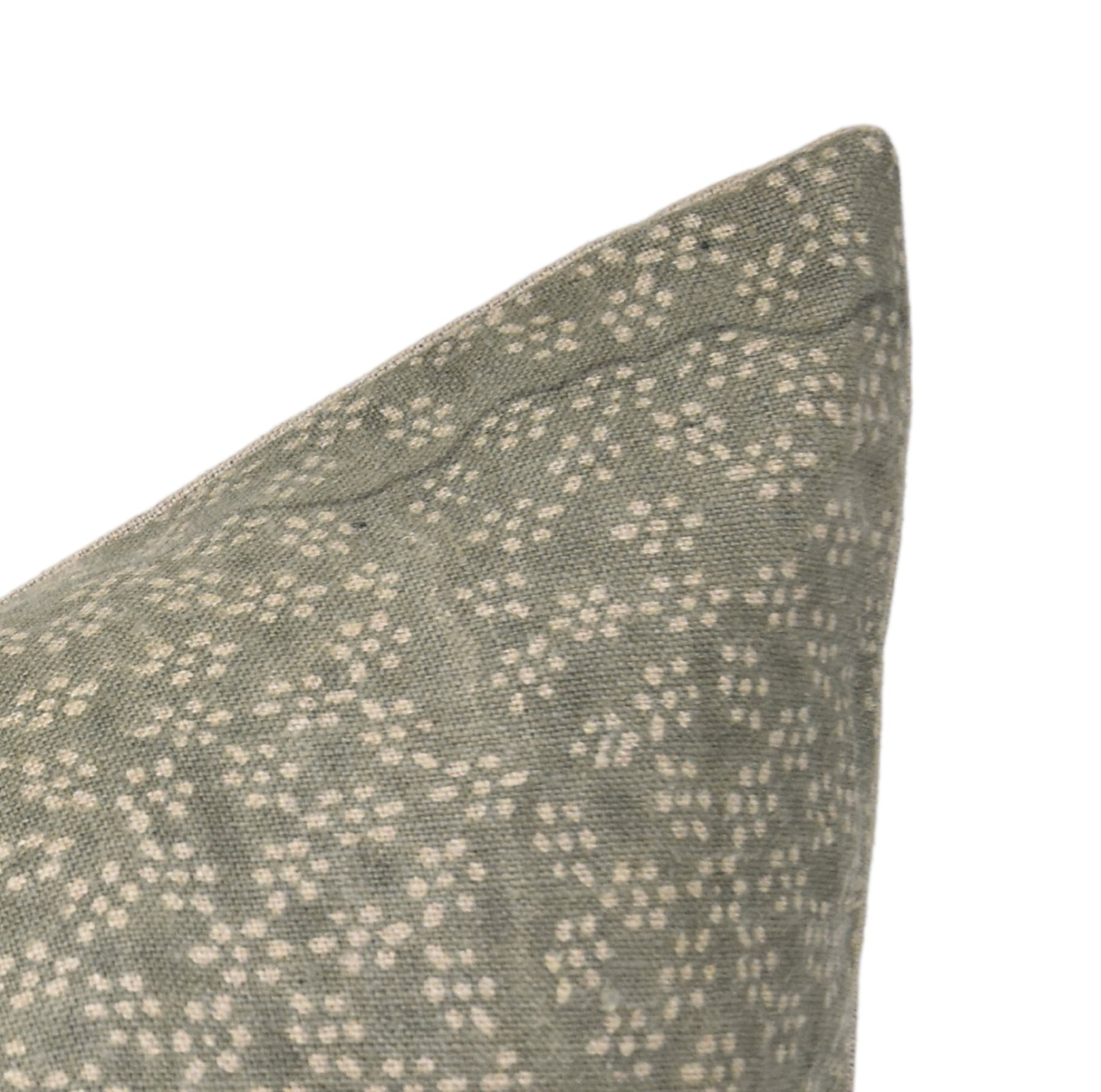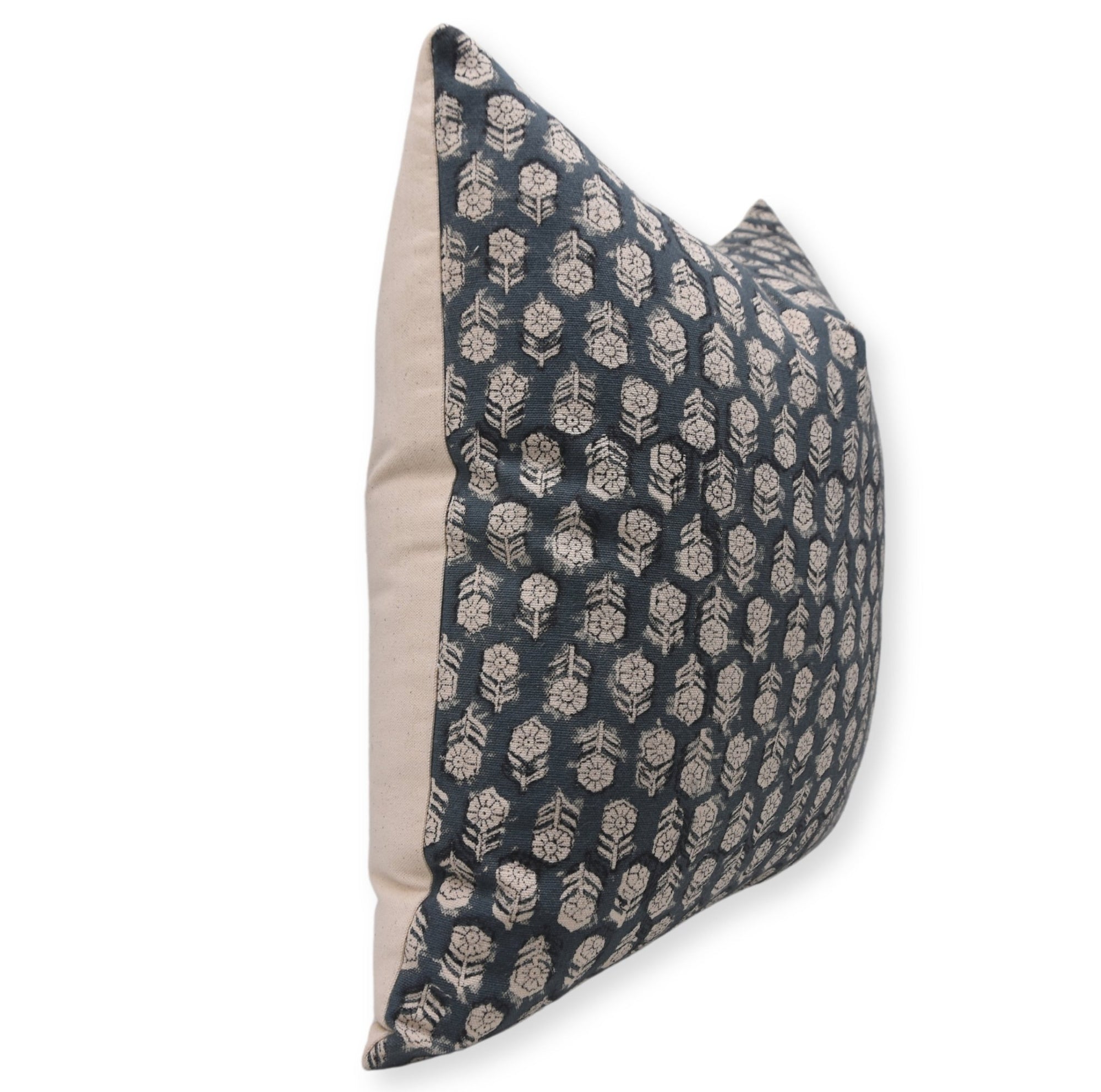Opting for the right interiors for a living room may be a daunting task since one has to be keen on how to format as well as decorate the room, the furniture to use, and the space available for use. Whether you are decorating a large lounge or a small family room you will undoubtedly come across some of the most common design mistakes that might turn your space into uncomfortable and incohesive chaos. In this blog post, we’re going to talk about six mistakes people make when arranging their living room and how you can rectify them with lots of ideas for those all-important finishing touches such as cushions cases, curtains, lampshades, table cloths, tea towels, mats, and rugs.
Pushing Furniture Against the Walls
Many people believe that placing furniture against the walls creates a more spacious look. While this might work in very tight spaces, it can make the room feel empty or awkward in most setups. This layout often disrupts the natural flow and conversation areas.

Solution: Create Conversational Groupings Move furniture inward to create intimate groupings that encourage interaction. For example:
* Arrange the sofa and chairs around a central coffee table.
* Use area rugs to define specific seating zones, especially in larger rooms.
* If your living room is small, try an L-shaped sofa or sectional against two walls, leaving the third side open to the rest of the room for easy movement.
Choosing the Wrong Size Rug
Too small a rug will create an odd feeling in your room, one that feels disjointed will be created by such a situation. His area rug should be situated under the main seating area so that it properly connects all the other pieces.

Solution: Furniture Placement Patterns Choose a rug size that lets most of the large furniture items in the seating area have at least one side of them sitting on the rug. If you have a small living room choose a rug that size, which can be placed under the front feet of sofas and chairs. In larger spaces, choose a rug that will allow for a piece of furniture to place each of its legs on the rug. Increase your home aesthetic by matching your rug with throw pillows, curtains, table runners, and many others to create an attractive look.
Ignoring Vertical Space
Lastly, we can easily get carried away only with the flat floor planning while overlooking vertical solutions. This leaves the consumer with a setup that appears too short or has too much on it at eye level, with no view of the walls or ceiling heights.

Solution: Accept Vertical Decor and Storage and get the most out of all walls by:
* Significantly drafting and drawing the curtains above the frames to have a wider appearance.
* Installing wall shelves or floating cabinets so that one can achieve the provision of shelves without occupying the floor space.
* The use of high bookcases, plants, or art to look up that will give a room an elongated look. Your seating area to at least partially rest on it. For smaller living rooms, opt for a rug large enough to extend under the front legs of your sofa and chairs.
In larger spaces, consider a rug big enough to fit all the legs of your furniture on it. Complement your setup with throw pillows, curtains, and table runners that coordinate with your rug for a harmonious look.
Neglecting Lighting Layers
Just a bare overhead light bulb may be daunting and rather unsuitable for any proper use of the room. Opting for multiple sources of light means that without them, the living room may not have the feel and utility that a good ‘lived-in’ space should have.

Solution: Layering of lights incorporates the use of the various lights that can be incorporated into an interior space;
* Ambient Lighting: This is your general lighting which includes ceiling lights, wall lights, or even the lights at the center of a room such as chandeliers.
* Task Lighting: Utilize table lamps, and floor lamps for reading or working zones in the living room.
* Accent Lighting: Instead of hanging ceiling lamps, one might use wall lamps, LED strips, or little lamps placed on shelves to focus on decorations and warmth.
In the event you have seating arrangements that are not against the wall, just ensure you have a mix of table lamps and floor lamps for every corner. It not only enhances functionality but also adds depth and ambiance to your setup in a way layering can.
Choosing Form Over Function
Looks are not the only thing that must be considered though, sometimes when you buy things that do not fit your schedule inconvenience results. This is evident most preferably in the use of family rooms, or in a small living room where both aesthetics and functionality of the furniture have to come in handy.

Solution: Consider Who the Space Will Be Used by and How In choosing furniture and accessories, take care not to focus too much on style or too little.
* For those of you who have children or pets, choose fabrics that are resistant to wear and stains on the sofa pillows, and cushions.
* In selecting multi-function furniture contact confer tables with rolling caster underneath designed with draw and shelves.
* Since the items may be placed at occasionally different locations, some of the items used include those that can be washed such as tea towels, table runners, and placemats. If you have seating arrangements away from the wall, use a combination of table lamps and floor lamps to ensure every area is well-lit. This layered approach not only improves functionality but also adds dimension and mood to your setup.
Design the mealtime area according to your family's requirements while remaining fashionable. Choose items that serve best when worn often and correspond to the everyday schedule.
Skipping Personal Touches
Many a well-organized living room looks sterile if there are no things that tell a story about you. Without some of them, a place is more like a display than a dwelling.
Solution: Decorate Bring the character and feeling you want to the room by bringing in elements of personal style, texture, and hue: Display family albums, souvenirs from trips, or artists’ works that reflect your story, highlight decor, and create warmth.
If you have seating arrangements away from the wall, use a combination of table lamps and floor lamps to ensure every area is well-lit. This layered approach not only improves functionality but also adds dimension and mood to your setup.
* Incorporate a throw or two over the sofas; diverse fabrics of cushion covers; and layered textured rugs.
Bear in mind though, that their use must be in harmony and not overemphasized in the personal statement /essay. The living room design gives the mood as well as reflects the monitor’s personality while making people feel comfortable.
Conclusion
Designing the living room view and placing the furniture, and other interior accessories is not just about the aesthetic value, but also an equally strategic necessity. Here are six mistakes you must avoid to ensure your living room is not just practical and comfortable but also stylish and uniquely yours. Regardless of the size of the living area – from a shrinking living room to a large family room, the above ideas can be applied to give an enhanced perception of how the entire area can be best utilized and enjoyed optimally daily.
With a good selection of rugs, beautiful layers of lights, accessories, and appropriate placing of the furniture you can make the living room cozy and pretty.
FAQ’s
- How to set up a rectangular living room?
When designing a rectangular living room, begin by placing chairs and sofas opposite each other on the longer walls so the room will look proportional. Place a sofa so it is directed to a specific part of the room such as a built-in unit around which games are watched and include ottomans or other small seating formations to one or the other side or to the side of the sofa. Area rugs should be used to distinguish between several distinct zones; whereas coffee or side tables should be used to provide utility. For example, if there is free height, you need to install high bookshelves or floor lamps, if a sofa stands far from the wall, one should put a console table behind it. The last items to add to the characteristics of the given room are curtains, pillows, artwork, and other items left on furniture.
- How to set up an area rug in the living room?
For an area rug in the living room, the best place is to put it in a way that it forms the focal point of your living room seating arrangement. In an ideal world, it should be big enough to accommodate the front part of your sofas and chairs so that they may merge. When it comes to furniture placement, it’s possible to only tuck the front legs of certain pieces in a small room, but in larger ones, try to ensure the whole area is defined by the rug’s perimeter. Align the rug no less than with the primary piece of furniture like the coffee table and should be large enough to cover the seating arrangement on both sides or else be placed in the middle of that particular arrangement of furniture.
- How to set up a home theater in the living room?
When installing home theaters in a living room, you should hang a TV or project screen in as non-reflective a wall as possible, and then arrange chairs directly in front of it. As for the lighting condition, you should use blackout curtains or shades to improve the picture quality. Shop for a soundbar or surround sound speakers which could be placed anywhere in the room to provide quality audio. Include an ottoman, sectional, or recliners, and you can use infrared universal to make the control easier. Last, turn on the lights to low intensity as a cinema house would have.
- How to set up living room furniture?
When arranging furniture in the living room it is good to begin with a central point of focus, for instance, the television set a fireplace, or a window. Position the chief seating – the sofa or sectional – toward the focus area, and add other chairs to make conversation space. The coffee table should be placed in the center to serve this purpose and there must be about 18 inches between the table and the neighboring seating furniture. Place a side table and, for even more lighting, floor/table lamps beside couches or other seat arrangements. Last but not least, add an area rug to the setup by letting the front end of any furniture you are using be placed on the rug for proper alignment.
- how to set up a living room with a fireplace?
If you want to place a living room with a fireplace, you should recommend arranging chairs (sofas and chairs) toward the fireplace to have a fireplace accent. There should be however enough space for movement around the fireplace; this is because there ought to be 18 inches between the furniture and the fireplace. Concerning the seating arrangement, there should be a coffee table in front of the sitting area, and side tables should be arranged on the sides. Rugs should be chosen in harmony with the fireplace and lighting should also be focused on this fireplace; admired accessories around the fireplace, such as artworks or plants, should also be considered.




